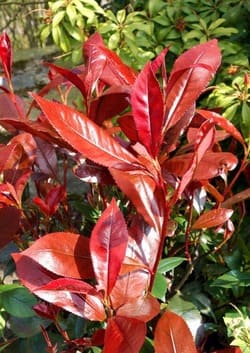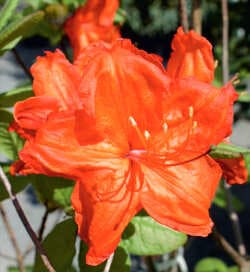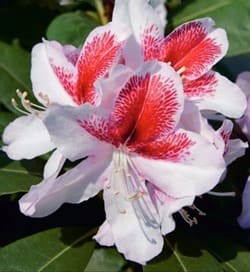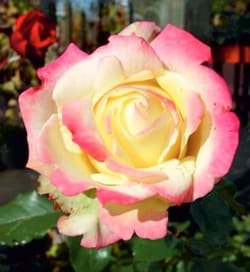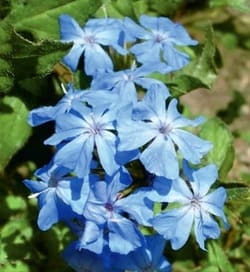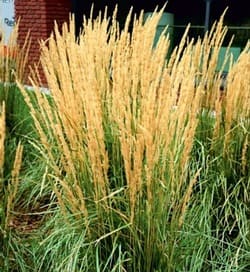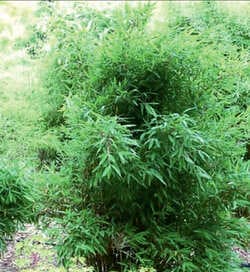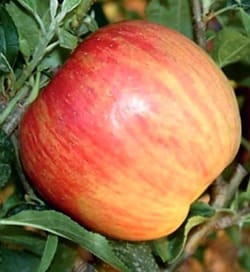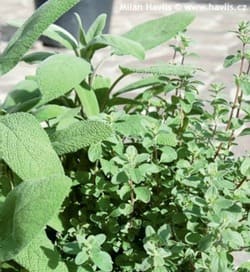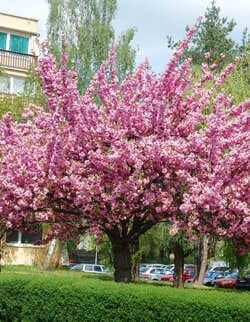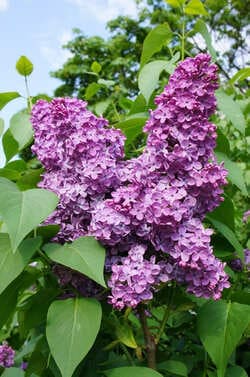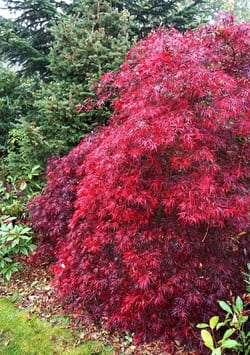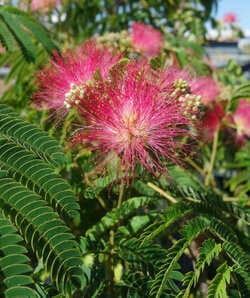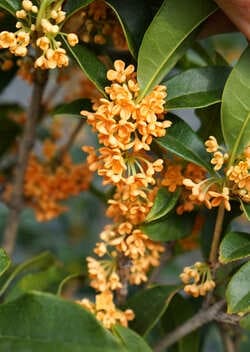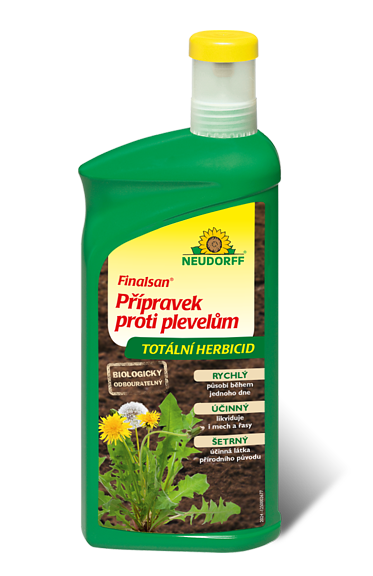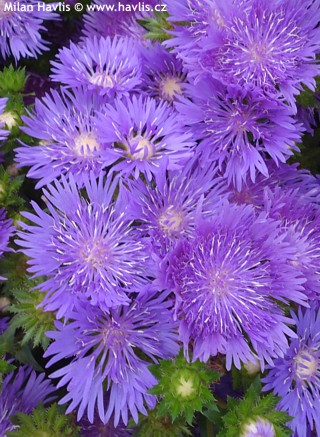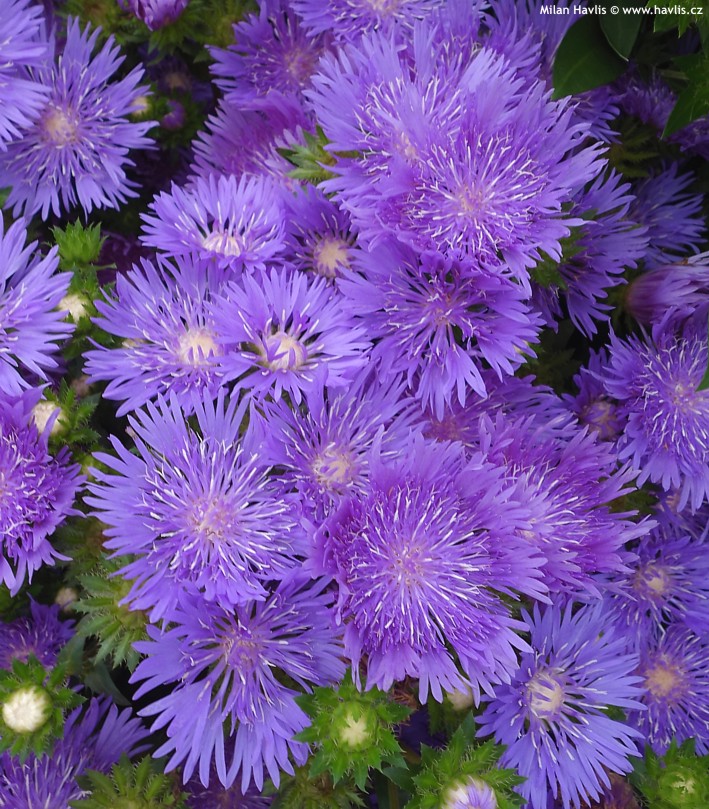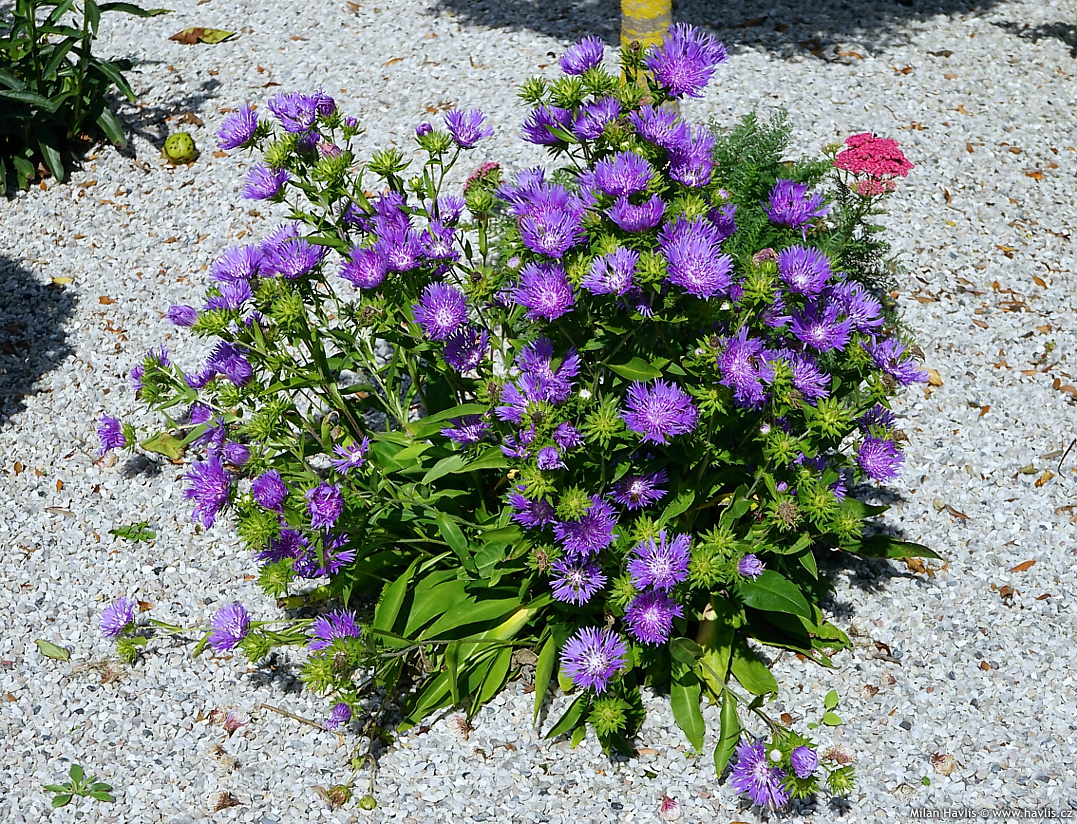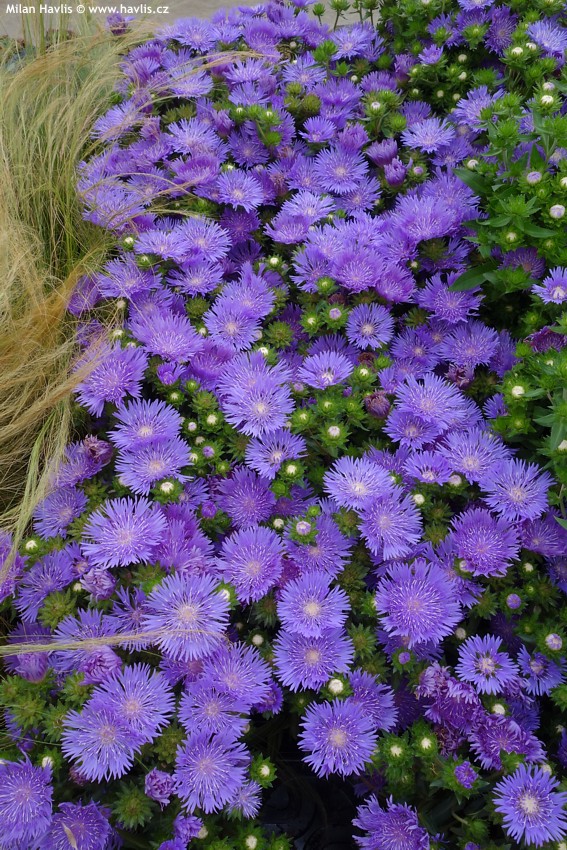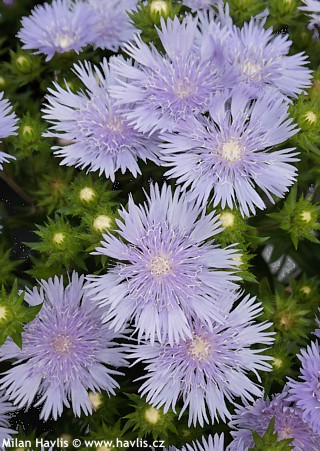Stokesia laevis 'MEL'S BLUE' Stoke's aster
Stokesia
Stoke’s aster, the only species in its genus within the aster family, originates from the southeastern United States, where it naturally occurs from North Carolina through Florida to Louisiana, most often on acidic, well-drained soils of moist meadows, pine savannas, and coastal plains. It was first described by British botanist John Hill in 1768 under the name Carthamus laevis, based on material brought from the coastal areas of the Carolinas. Later, in 1789, French botanist Charles Louis L’Héritier de Brutelle established the genus Stokesia in honor of English physician and botanist Jonathan Stokes (1755–1831), a member of the Linnean Society and collaborator of William Withering. Botanically, it belongs to the tribe Vernonieae and is thus closely related to the genus Vernonia.
Stokesia reached Europe as early as the 19th century and quickly found its way into major botanical gardens and prestigious parks. By the late 19th century, it was cultivated in the Royal Botanic Gardens, Kew, and in the Jardin des Plantes in Paris; later it appeared in the Berlin Botanical Garden and, during the interwar period, became part of the “Nordamerikanische Stauden” collection. Czechia was no exception – according to inventories from the 1930s, it adorned the chateau park in Kroměříž, planted in the so‑called “American corner” alongside other North American species. In the 20th century, it earned the recommendation of the Royal Horticultural Society (RHS) and spread to other European gardens, where it remains an exotic yet reliable feature with a long horticultural tradition.
Mel's Blue Stoke’s aster is a chance seedling found by Adrianus van Heesbeen from the Netherlands in 2007. Compared to the species Mel's Blue has more rounded habit, more stems that are stronger and produce more flowers. The flowers are 8-9 cm large, rich bluish‑lavender, a colour shade that was announced The Colour of the Year by Pantone in 2022 and named Very Peri. Flowers are shaped like a large cornflower or the crown of a thistle. The ray florets are deeply fringed, and although the flowers take a few days to fully open, the wait is rewarded with spectacular, long‑lasting blooms, making it suitable for use as a cut flower. The leaves are medium green, narrowly lanceolate, very long in the basal rosette and much shorter along the stems, giving the plant a finer texture. It flowers from August into autumn atop 30-50 cm tall stems. Removing spent blooms prolongs the flowering period by preventing the plant from diverting energy into seed production.
Mel's Blue is protected by patent No. PP23090 from 2012.
In plantings, it combines beautifully with other sun‑loving, drought‑tolerant species that also appreciate occasional extra watering or natural rainfall. It pairs well with salvias, coneflowers, rudbeckias, coreopsis, scabious, and lower ornamental grasses that emphasize its delicate habit. Striking effects can also be achieved with taller sedums that offer autumn blooms and contrasting foliage colours – these emerge early in spring, while Stokesia is still dormant, helping to extend the border’s season of interest. In naturalistic compositions, it works well alongside lavender, achillea, gypsophilla, and perovskia, together creating a colourful display that is highly attractive to pollinators.
Provide Stokesia with a position in full sun and well‑drained soil to prevent its roots from rotting over winter. In heavier soils, improve drainage by adding grit or sand or slightly elevate the planting height. In spring, after all frosts, remove the winter mulch and cut back any dead leaves close to the rosette. During the growing season, maintain even moisture, especially while the plant is establishing, and regularly deadhead to encourage continued flowering into autumn. Every few years, divide older clumps in early autumn to keep them vigorous. In winter, protect the plant with a dry mulch (evergreen boughs, straw, or dry, non‑rotting walnut leaves), especially in areas prone to bare frosts. Its hardiness is verified to approximately –28 °C (USDA zone 5), so in colder regions, winter protection is recommended.
Last update 16-07-2019; 01-09-2025









